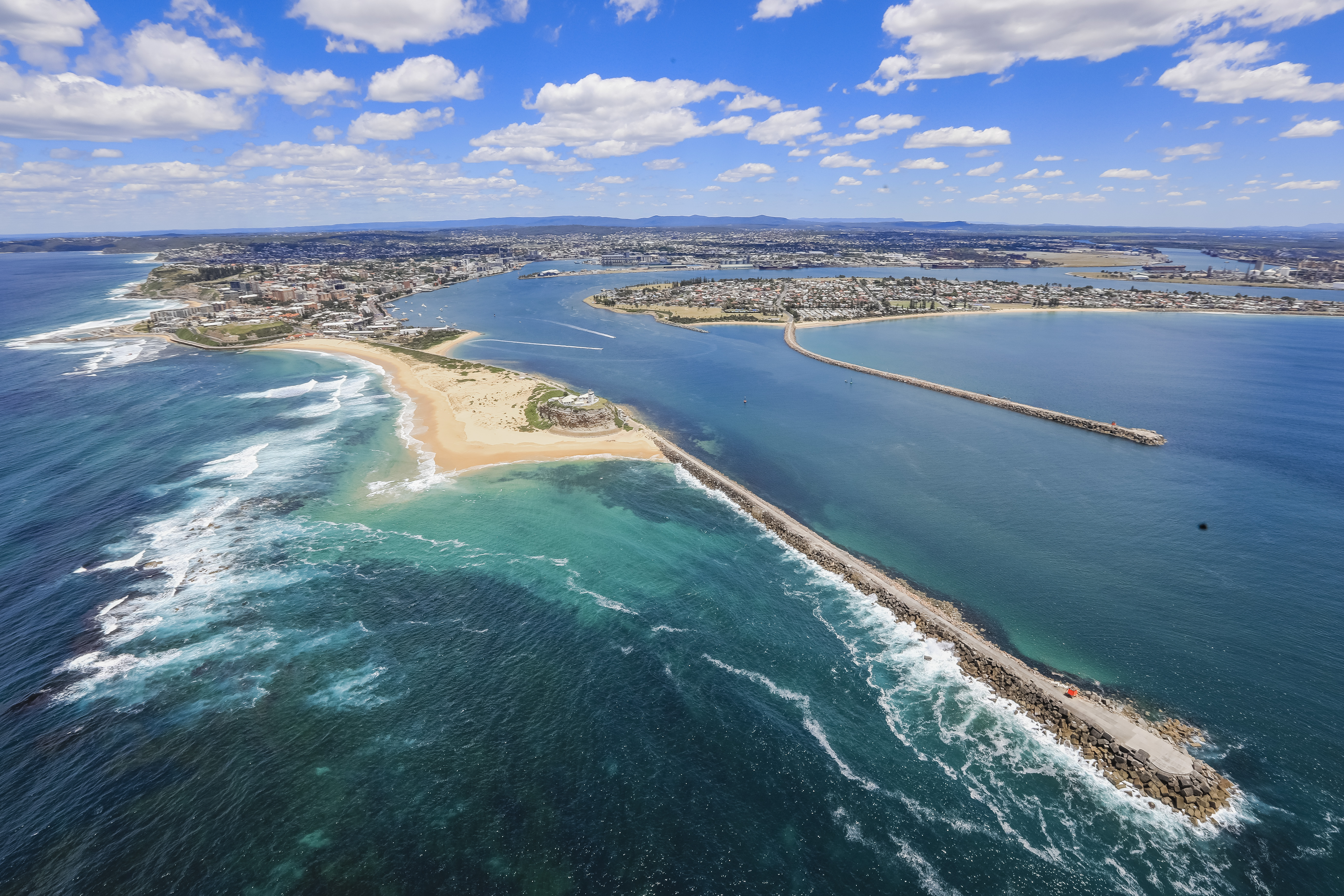Merewether, New Lambton and Mayfield are Newcastle’s top three suburbs when it comes to renovations according to City of Newcastle.
$1.85 billion in new development was assessed by City of Newcastle (CN) during the last 12 months with more than 1,650 development applications (DAs) determined, in addition to state significant developments, which is up 25 per cent from just two years ago.

Homeowners in Merewether, Mayfield and New Lambton are improving their properties with residential alterations and additions, whilst Adamstown ($92.04 million) and Merewether ($61.78 million) lead the way in terms of the highest value DAs approved, including projects like the Merewether Golf Club seniors living redevelopment estimated at $76 million.
Newcastle Lord Mayor Nuatali Nelmes says development in Newcastle is showing no signs of losing momentum despite challenging market conditions.
“Significant levels of residential and commercial development continue to unfold right across our city, which is great news for the local economy, construction industry, and the creation of thousands of direct and indirect jobs,” Cr Nelmes said.
“Newcastle continues to be a hot spot when it comes to homeowners injecting cash into bricks and mortar, despite climbing inflation levels, stagnant wage growth, tighter borrowing conditions, and material and labour shortages.”
City of Newcastle Manager Regulatory, Planning and Assessment Michelle Bisson said Newcastle is growing in popularity as an attractive gateway city to live, work and play, which is driving the development boom.
“Through multiple market cycles, Newcastle is considered a steady growth area to invest in, with ongoing revitalisation transforming the city and making Newcastle a highly desirable location to both homeowners as well as developers and investors,” Ms Bisson said.
“Migration growth in Newcastle has increased seven per cent year-on-year since the start of the pandemic, with more people relocating from Sydney and Melbourne than ever before, and at a faster rate than almost anywhere else in Australia, driving development across the city.
“With millennials making up the vast majority of those relocating to Newcastle, the demand for residential housing remains strong with prices still cheaper than major Australian capital cities.
“The second half of 2022 is tracking just as strongly with some significant developments in the pipeline.”
